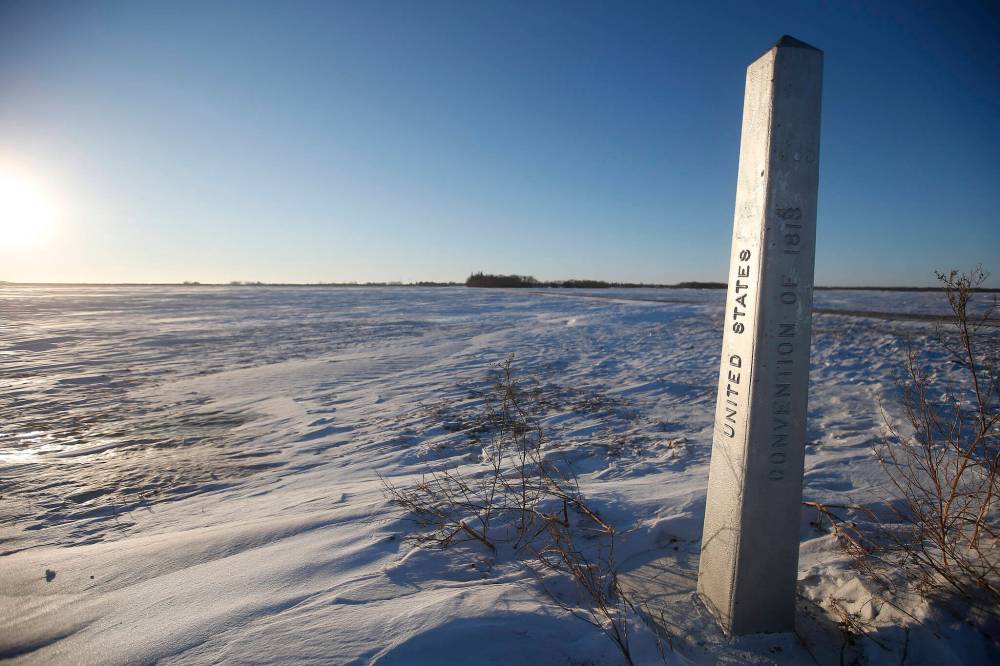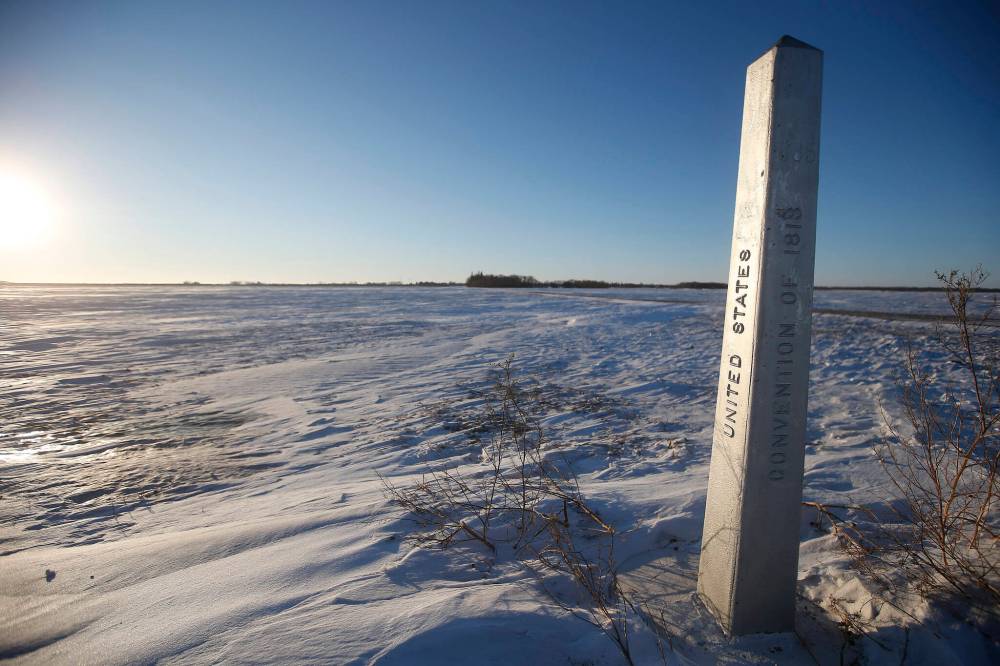Tragedy highlights asylum flaws
Advertisement
Read this article for free:
or
Already have an account? Log in here »
To continue reading, please subscribe:
Monthly Digital Subscription
$0 for the first 4 weeks*
- Enjoy unlimited reading on winnipegfreepress.com
- Read the E-Edition, our digital replica newspaper
- Access News Break, our award-winning app
- Play interactive puzzles
*No charge for 4 weeks then price increases to the regular rate of $19.00 plus GST every four weeks. Offer available to new and qualified returning subscribers only. Cancel any time.
Monthly Digital Subscription
$4.75/week*
- Enjoy unlimited reading on winnipegfreepress.com
- Read the E-Edition, our digital replica newspaper
- Access News Break, our award-winning app
- Play interactive puzzles
*Billed as $19 plus GST every four weeks. Cancel any time.
To continue reading, please subscribe:
Add Free Press access to your Brandon Sun subscription for only an additional
$1 for the first 4 weeks*
*Your next subscription payment will increase by $1.00 and you will be charged $16.99 plus GST for four weeks. After four weeks, your payment will increase to $23.99 plus GST every four weeks.
Read unlimited articles for free today:
or
Already have an account? Log in here »
Hey there, time traveller!
This article was published 25/01/2022 (1414 days ago), so information in it may no longer be current.
As news broke that a family of four was found dead near the Manitoba-U.S. border, we, like most Canadians, were heartbroken. But we were also angry.
This was neither shocking nor unexpected. In some ways the greater surprise is that we have not seen more deaths along this border.
We are reminded that in May 2017, the body of 57-year old Mavis Otuteye was found on the American side of this same border near Emerson. She died trying to cross the border to reunite with her daughter and meet her new granddaughter.

Seidu Mohammed and Razak Iyal wandered lost for hours in December 2016 along this same border before being rescued by a truck driver. They lost fingers and toes to frostbite on their journey but it could have easily been worse. Ultimately, Canada recognized both men’s claims for refugee status and welcomed them.
We don’t know why this family of four and others made the dangerous and tragically deadly decision to cross the border and attempt entry into the United States but we can speak to what influenced their decision to pursue such a risky route and, it seems, rely on human smugglers.
The Canada-U.S. Safe Third Country Agreement (STCA) requires individuals to make a refugee claim in whichever country they arrive. In practice, this has meant that Canada has effectively outsourced much of its asylum decisions to the U.S. as it is easier for asylum seekers to reach the U.S. first.
However, in what has often been described as a “loophole,” the STCA only applies at official ports of entry between the two countries. Rather than making the border more accessible to those seeking protection and safety, this pushes people to find increasingly clandestine ways to cross the border.
The Supreme Court of Canada has agreed to hear a constitutional challenge to the STCA. This is the culmination of legal challenges that have highlighted how the STCA violates the fundamental rights of asylum seekers with evidence that the U.S. is unsafe for many refugees and that serious rights violations occur in U.S. detention. This most recent phase in efforts to end the STCA is playing out as La Presse reports U.S. and Canadian officials have been quietly meeting since December to negotiate a new version of the agreement.
Advocates in both countries have also long warned officials that the STCA encourages smuggling at more remote border points. This latest tragedy underscores those dangers, regardless of the circumstances or intentions of the family of four found on Wednesday.
RCMP Assistant Commissioner Jane MacLatchy has warned others contemplating similar crossings, “I do understand that for some there may be a great need to get to another country, but this is not the way. You will be risking your life and the lives of the people you care about if you try it.” Yet, for some this risk feels like the only chance at life.
A 47-year-old American citizen has been arrested and charged with human smuggling related to this case. It appears the victims were part of a larger group and that they became separated from the rest of the group after having been abandoned in the extreme cold to complete their journey.

Smugglers profit by exploiting the desperation of others. Governments are good at making laws to punish smugglers, too often also punishing those who offer genuine acts of humanitarian assistance. But smugglers work in the space created by laws that erect obstacles to safe routes of migration across borders.
We can’t end the desperation that leads to choices to cross borders and this tragedy reveals there is no shortage of people who will seek to profit from the desperation of others. But we can do more to ensure no one else dies crossing the Canadian border.
Rather than strengthening restrictions and building obstacles, we implore the government to instead find ways to make the border more accessible so no one else is forced to put their family in grave danger in the hope of finding safety.
Shauna Labman is an associate professor of human rights at the Global College, University of Winnipeg. Julie Young is an assistant professor & Canada Research Chair (Tier 2) in Critical Border Studies in the Department of Geography and Environment at the University of Lethbridge.




